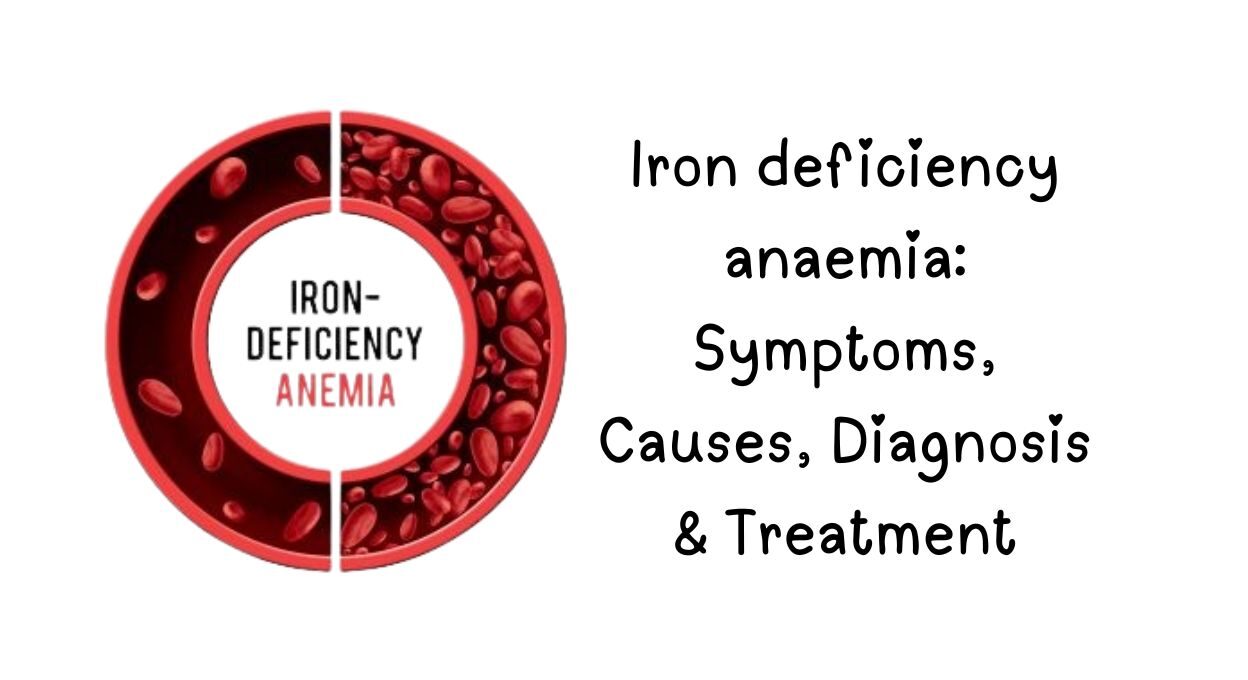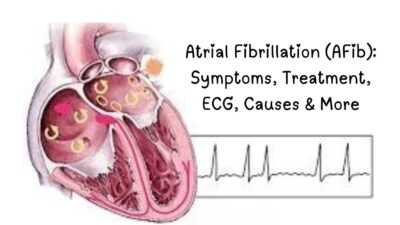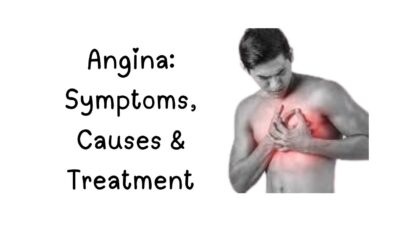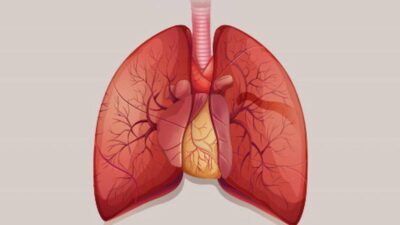Iron deficiency anemia is the most common type of anemia, affecting 1 in 3 people worldwide (WHO). It occurs when your body lacks enough iron to produce hemoglobin—the protein in red blood cells that carries oxygen. Without enough iron, your organs and tissues don’t get sufficient oxygen, leading to fatigue, weakness, and other complications.
What is iron deficiency anemia?
Iron deficiency anemia is a type of anemia that develops if you do not have enough iron in your body. It is the most common type of anemia.
What are the symptoms of iron deficiency anemia?
Initially, iron deficiency anemia can be so mild that it goes unnoticed. But as the body becomes more deficient in iron and anemia worsens, the signs and symptoms intensify.
Iron deficiency anemia signs and symptoms may include:
- Extreme fatigue
- Weakness
- Pale skin
- Chest pain, fast heartbeat or shortness of breath
- Headache, dizziness or lightheadedness
- Cold hands and feet
- Inflammation or soreness of your tongue
- Brittle nails
- Unusual cravings for non-nutritive substances, such as ice, dirt or starch
- Poor appetite, especially in infants and children with iron deficiency anemia
Table of Contents
Stages of iron deficiency anemia
Normally, your body absorbs iron from the foods you eat. Your body stores iron so it’s available to make hemoglobin. Iron-deficiency anemia develops when your body uses the iron stores faster than they can be replaced, or when the flow of iron into your system slows.
This occurs in three stages:
- First stage. Iron stores decrease. Your low iron supply hasn’t affected your red blood cells yet.
- Second stage. When iron stores are low, your body alters the way it processes red blood cells. Your bone marrow makes red blood cells without enough hemoglobin.
- Third stage. Hemoglobin drops below the normal range. You may develop signs of iron-deficiency anemia.
What causes iron deficiency anemia?
Your body needs iron to make healthy red blood cells. Conditions that increase your risk of iron-deficiency anemia include the following:
Blood loss
When you lose blood, you lose iron. Blood loss can happen in many ways:
- Bleeding in your Gastrointestinal tract (GI tract) from an inflammatory bowel disease, ulcer, colon cancer, or a or other GI disorders such as celiac disease.
- Traumatic injuries or surgery
- Heavy menstrual periods or bleeding during childbirth
- Regular use of medicines such as aspirin or nonsteroidal anti-inflammatory drugs (NSAIDS), such as ibuprofen and naproxen that can lead to GI tract bleeding
- Urinary tract bleeding
Problems absorbing iron
Certain conditions or medicines can decrease your body’s ability to absorb iron and lead to iron-deficiency anemia. These conditions include:
- Certain rare genetic conditions that block your intestines from absorbing iron or make it harder to stop bleeding
- Endurance sports, which can make athletes lose iron through their GI tracts and through the breakdown of red blood cells
- Intestinal and digestive conditions, such as celiac disease, ulcerative colitis, Crohn’s disease, and Helicobacter pylori infection
- Surgery on your stomach and intestines, including weight loss surgery
How do you prevent iron deficiency anemia?
Iron-deficiency anemia may be preventable if you are able to treat the causes of blood loss or problems with iron absorption that can lead to the condition.
It is also always a good idea to help the body keep iron levels where they need to be by maintaining a healthy diet that includes good sources of iron and vitamin C.
- Good sources of iron include beans, dried fruits, eggs, lean red meat, salmon, iron-fortified breads and cereals, peas, tofu, and dark green leafy vegetables.
- Vitamin C-rich foods such as oranges, strawberries, and tomatoes help your body absorb iron.
- Ensure that toddlers eat enough solid foods that are rich in iron
Diagnosis and Tests
How is iron deficiency anemia diagnosed?
Healthcare providers use blood tests to diagnose iron-deficiency anemia. In addition to measuring iron levels, they check your levels of ferritin and total iron-binding capacity (TIBC) to confirm that you have a deficiency.
Your healthcare provider may run different lab tests depending on your situation.
Treatment
Treatment may include taking iron supplements and eating iron-rich foods.
Iron supplements (most often ferrous sulfate) build up the iron stores in your body. Most of the time, your provider will measure your iron level before you start supplements.
If you cannot take iron by mouth, you may need to take it through a vein (intravenous) or by an injection into the muscle.
Pregnant and breastfeeding women will need to take extra iron because they often cannot get enough iron from their normal diet.
Often your anemia will improve or resolve with 6 weeks of iron therapy. You will need to keep taking iron for another 6 months to replace your body’s iron stores in your bone marrow.
Iron supplements are mostly well tolerated, but may cause:
- Nausea
- Vomiting
- Constipation
Iron-rich foods include:
- Chicken and turkey
- Dried lentils, peas, and beans
- Fish
- Meats (liver is the highest source)
- Soybeans, baked beans, chickpeas
- Whole-grain bread
Other sources include:
- Oatmeal
- Raisins, prunes, apricots, and peanuts
- Spinach, kale, and other greens
Vitamin C helps your body to absorb iron. Good sources of vitamin C are:
- Oranges
- Grapefruits
- Kiwi
- Strawberries
- Broccoli
- Tomatoes



